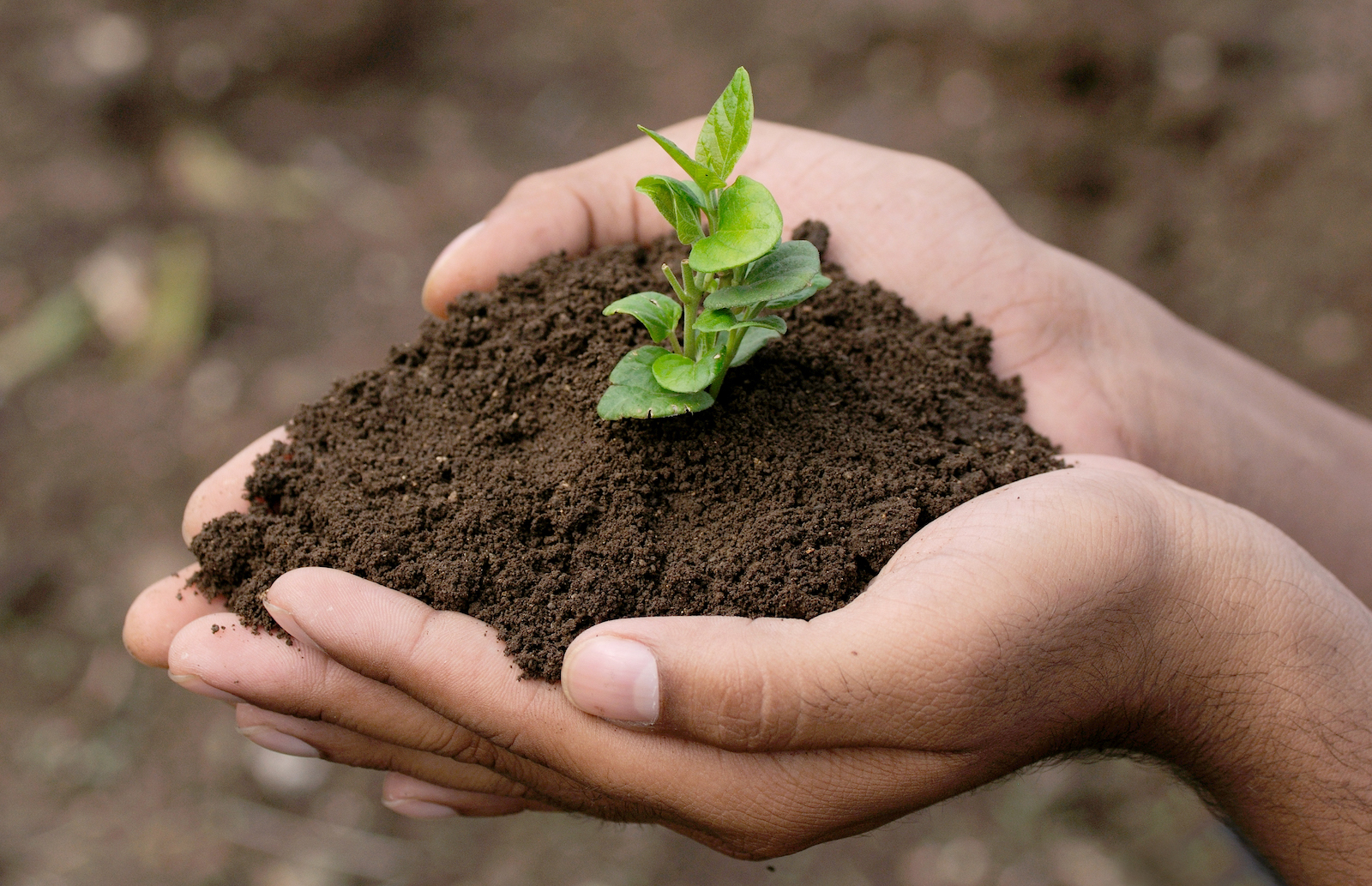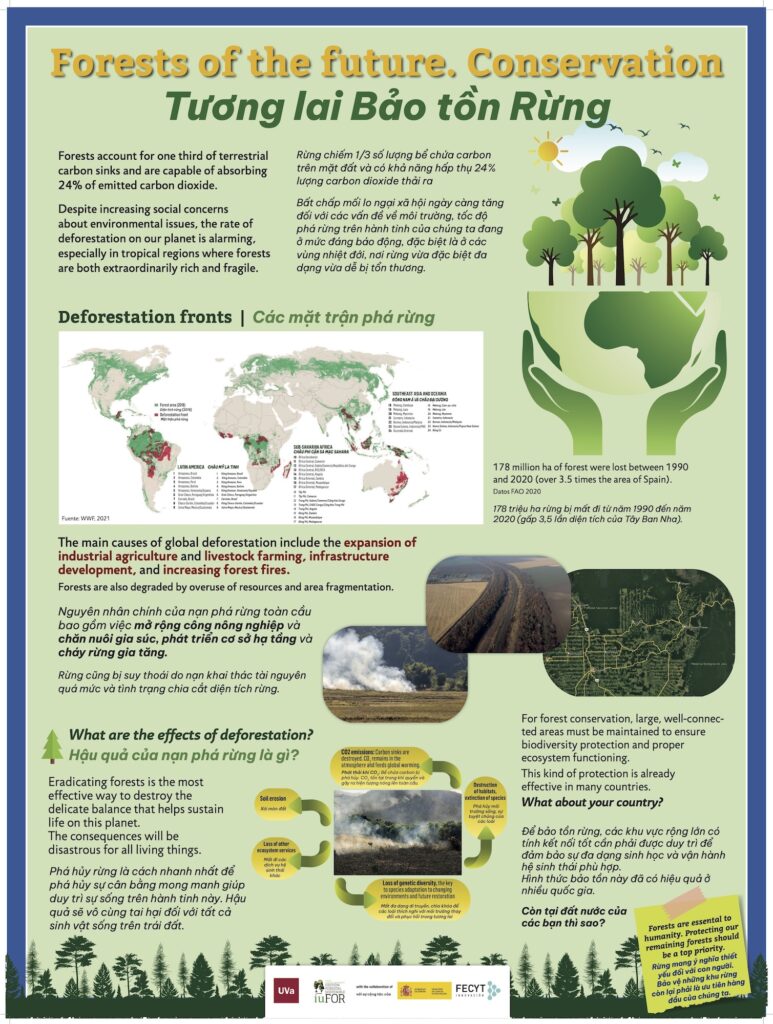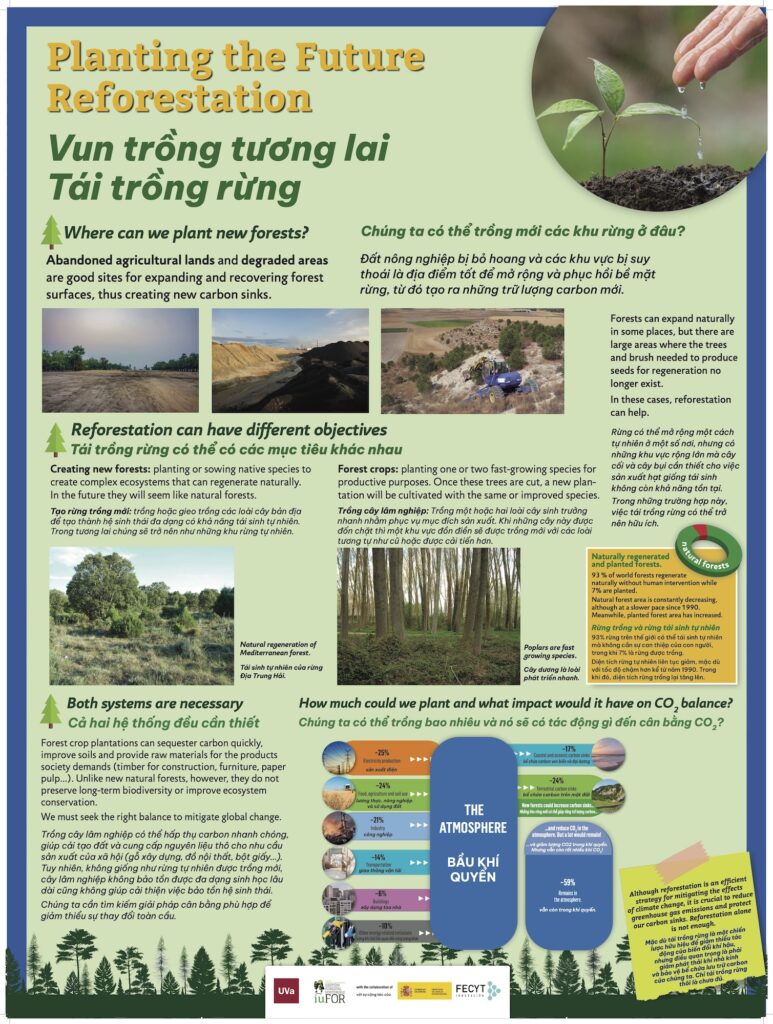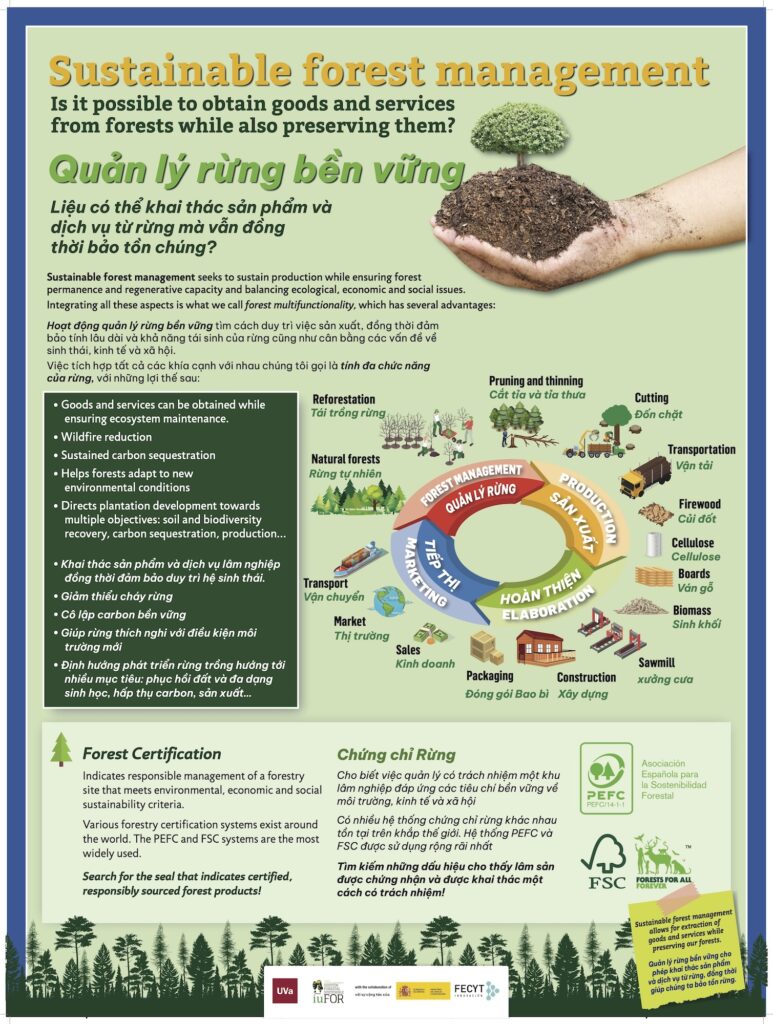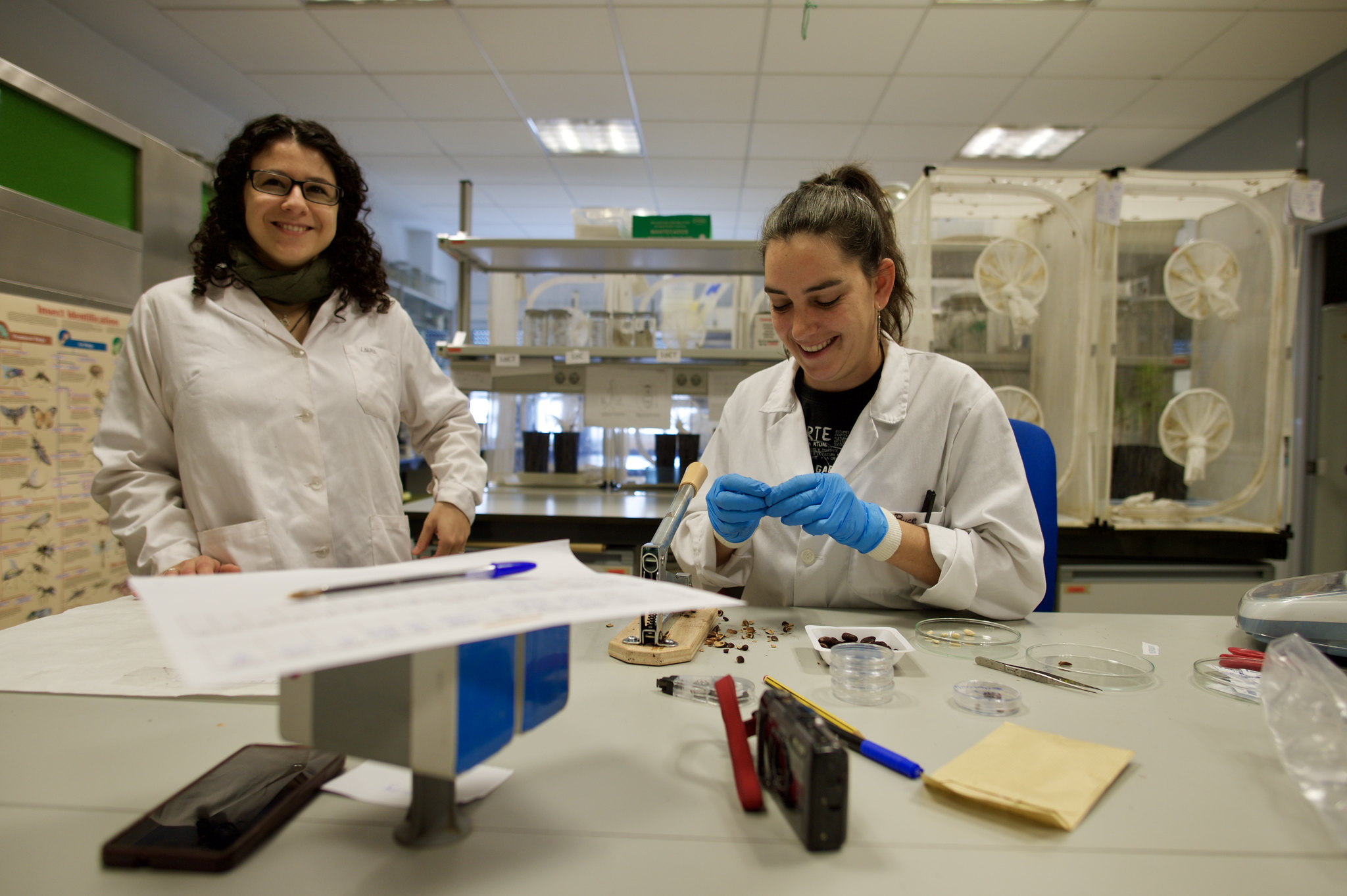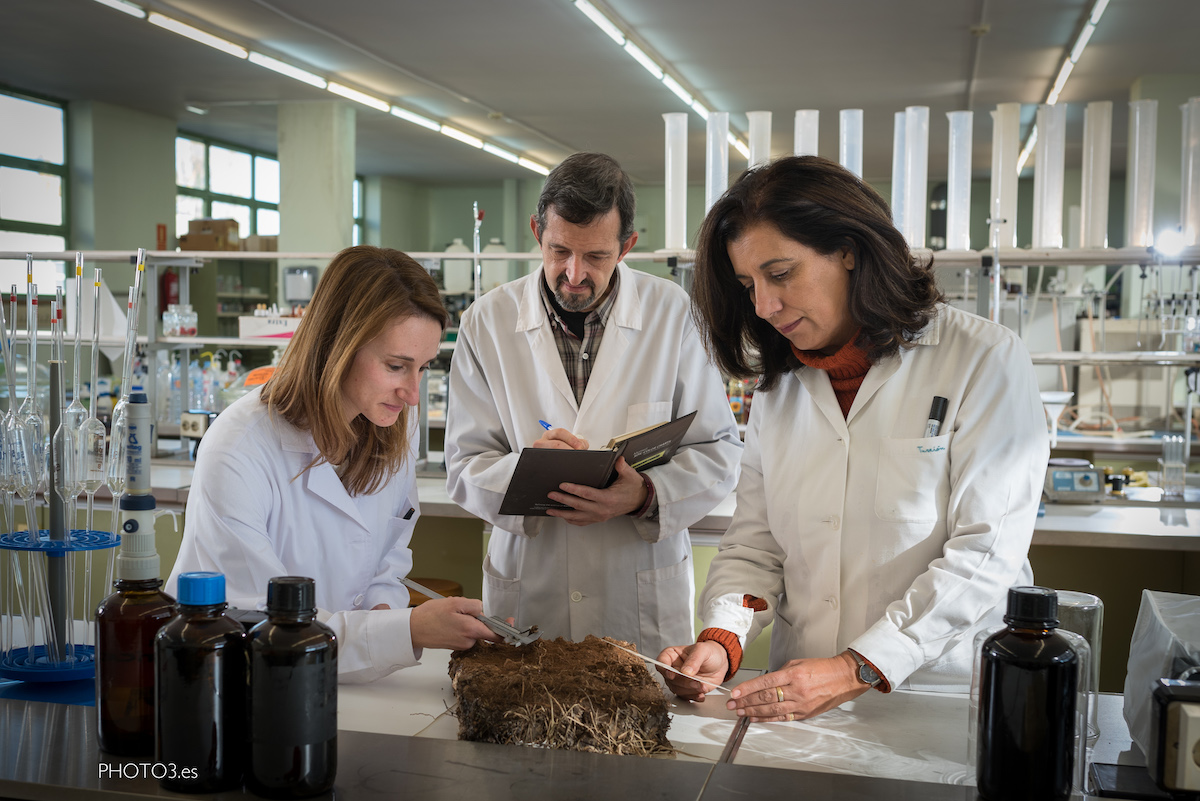Mature Forests
Mature forests are those that have persisted for centuries, evolving naturally and constituting true living treasures. In the aging process, these forests acquire their own characteristics, such as the existence of trees of varying sizes, particularly very large and very old ones, which provide refuge for many forms of life; the presence of clearings in the forest, which favor regeneration; and the abundance of dead wood standing and on the ground. Additionally, mature forests are a source of genetic diversity, are more resilient to climate change, and provide various ecosystem services, serving as important carbon stores for centuries. However, if these forests are disturbed or destroyed, a significant portion of this carbon will return to the atmosphere. It is very important to conserve mature forests.
Forests represent one-third of terrestrial carbon sinks and are capable of absorbing 24% of emitted CO₂. Despite societal concern about environmental issues, alarming deforestation continues on our planet, especially in tropical regions, where forests are extraordinarily rich and, at the same time, fragile.
Globally, the main causes of deforestation are the expansion of industrial agriculture and livestock farming, the growth of infrastructure, and the increase in forest fires. Additionally, other forests are degraded by the overexploitation of their resources and the fragmentation of their area.
What Does Deforestation Imply?
Eliminating forests is the most effective way to destroy a delicate balance that helps sustain life on this planet. Its consequences are disastrous for all living beings. Forest conservation requires large, well-connected areas to ensure the protection of biodiversity and the functioning of ecosystems.
In many countries, protection is already effective.
How Is It in Yours?
Is it possible to obtain goods and services from forests while conserving them at the same time?
Sustainable forest management seeks sustained production by ensuring the permanence of the forest and its regenerative capacity, maintaining ecological, economic, and social balance. Integrating all these aspects is known as the multifunctionality of forests.
•It allows obtaining goods and services while ensuring the maintenance of the ecosystem
•Reduces forest fires
•Enables sustained carbon sequestration
•Helps forests adapt to new environmental conditions
•Directs plantation development towards various objectives: soil and biodiversity recovery, carbon sequestration, product acquisition…
Forest Certification
It means that the management carried out on a forested area is responsible and meets sustainability criteria, understanding sustainability from its three perspectives: environmental, economic, and social.
There are several forest certification systems worldwide, the most widespread being the PEFC and FSC® systems.
Look for the distinctive seal that identifies certified products, responsibly obtained from forests!
